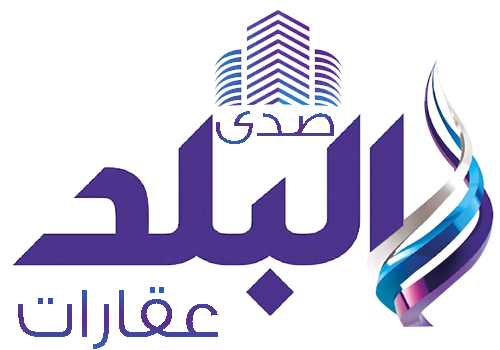Khan El-Khalili is one of the largest street markets and iconic bazaars in the two spheres, where thousands of tourists and Arab visitors stream through the colorful 800-year-old market daily.
In Cairo’s iconic bazaar, there are hundreds of domestic shops and stalls selling handcrafted accessories, carpets, spices, souvenirs, leather goods, antiques, and jewellery.
If you’re willing to get excited, stroll down in its back alleys of the Bazaar and you might be pleasantly rewarded with most of Egypt’s authentic grab.
Established as a centre of trade in the Mamluk era and named for one of its several historic caravanserais, the bazaar district has since become one of Cairo's main attractions for tourists and Egyptians alike.
It is also home to many Egyptian artisans and workshops involved in the production of traditional crafts and souvenirs.
The site became known as Khan El-Khalili after the name of Jaharkas El-Khalili, who demolished the Fatimid mausoleum (Turbat Aza'faraan) to erect a large khan at the heart of the city.
Later Mamluk elites also built commercial structures in the vicinity and beyond. In Sultan Qaytbay's time one of his amirs, Yashbak min Mahdi, built the Rab' al-Badistan, an apartment complex for renters, just across from the Khan al-Khalili.
Qaytbay himself built the Wikala of Sultan Qaytbay further east, near Al-Azhar Mosque. By the late 15th century, the district around Khan el-Khalili had become the major centre of foreign trade, including the sale of slaves and precious stones














